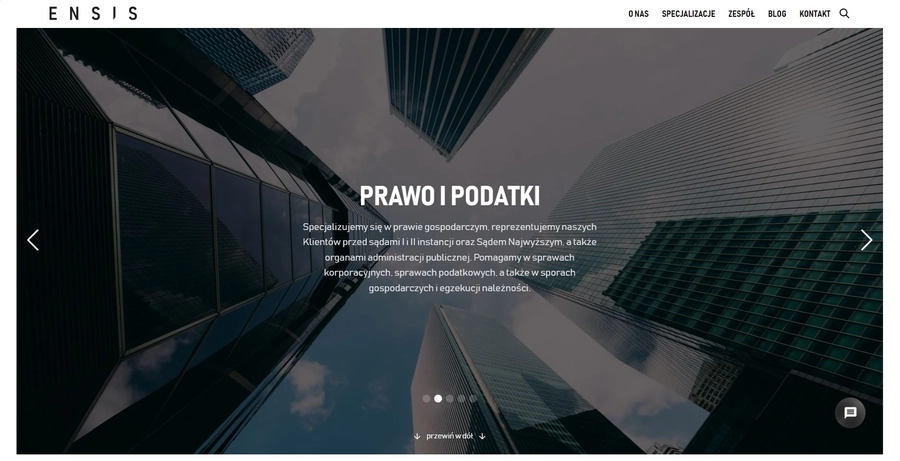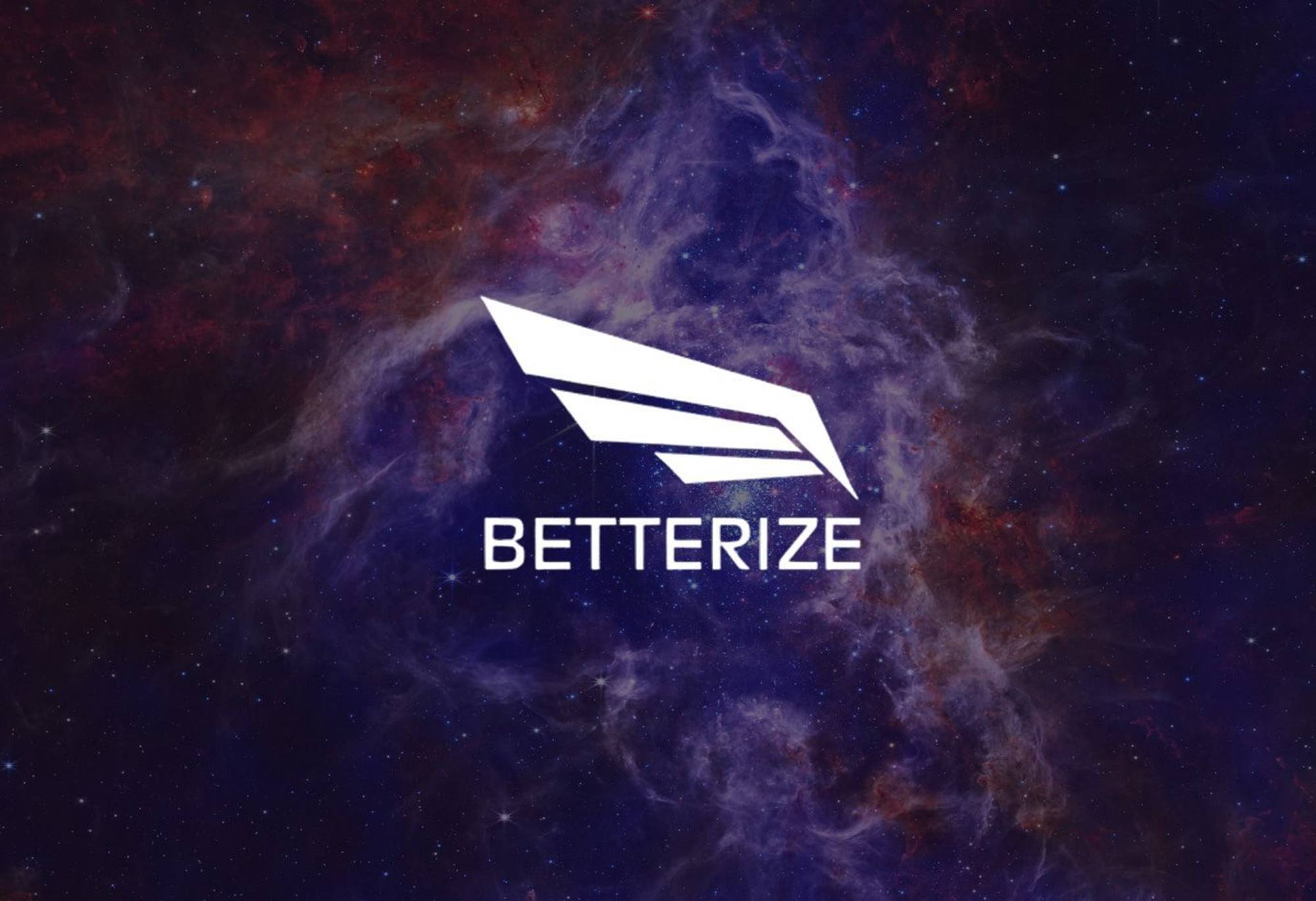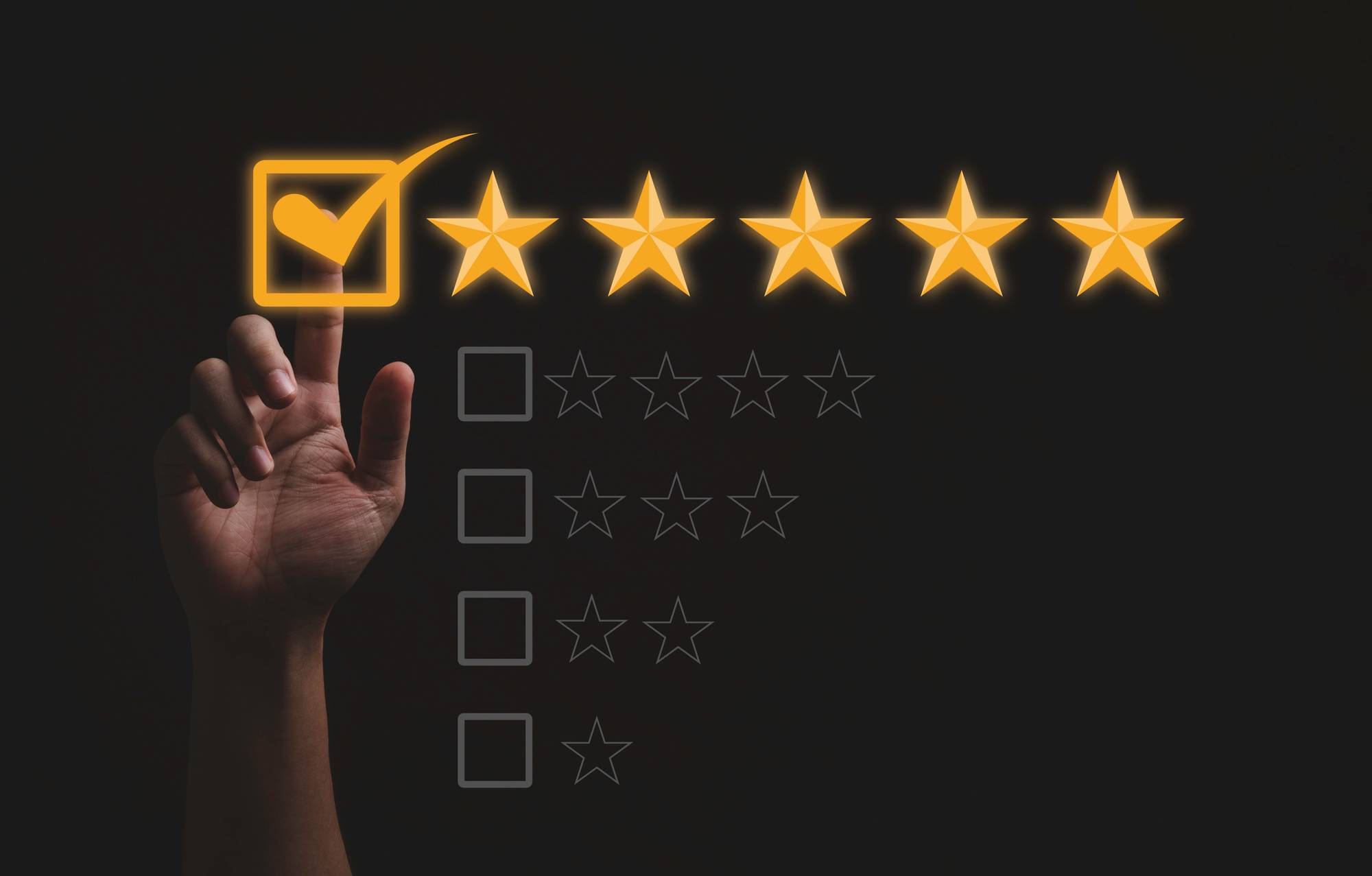ENSIS GRUPA consists of four Wroclaw-based companies. The team, consisting of a total of 12 people, helps companies in the fields of law and taxes, business consulting, personal data protection as well as in the areas of accounting, human resources and HR.
Our first meeting took place moments after the companies were reorganized to offer the most comprehensive services to customers. As a company that consciously uses online activities to attract customers, it was well aware of the need to communicate its growth.
Initial state
The company's origins date back to 2012, which makes it natural that the company's website has undergone several minor as well as major changes over so many years of operation, and thus has had both the pluses and minuses of its teenage years.
Strengths definitely include the fact that the structure of the site was already fairly well thought out. The home page acted as a reception desk, allowing visitors to quickly understand what the company does, and then easily navigate to areas of interest. In addition, the site included a blog with content written in an accessible manner, from which we ourselves drew valuable knowledge while reading ;).
The client had a sign book, which greatly facilitated our work to maintain visual consistency. Nonetheless, it was necessary to refresh and optimize the graphic elements used to better fit in with modern trends and reflect the client's individual character. Our goal was to create a look that not only reflects the new aesthetic standards, but is also recognizable and user-friendly.
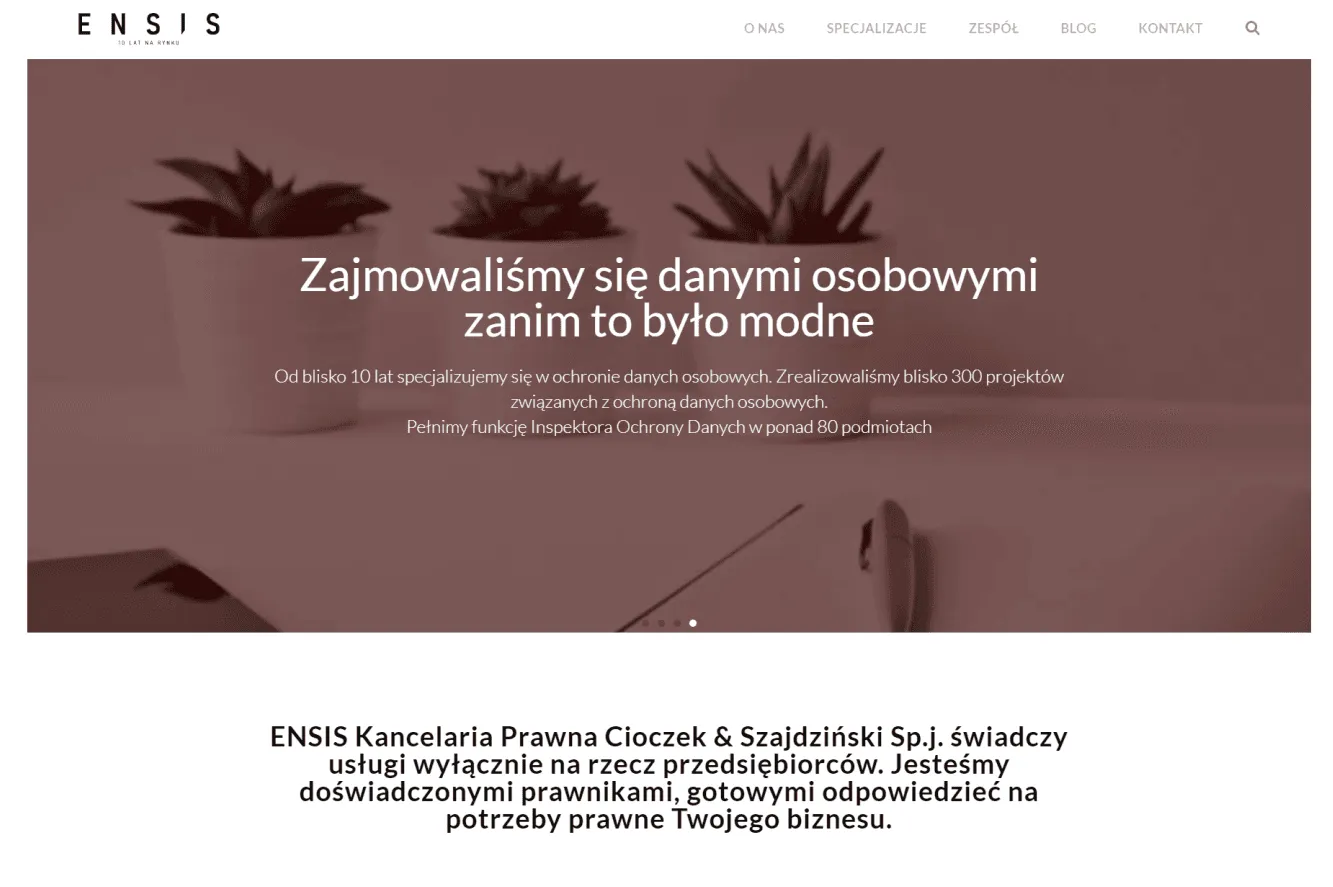
Technical issues
- The contact form on the old site had problems with responsiveness, and the visibility of the "accept terms and conditions" button, which was especially noticeable on phones and large monitors.
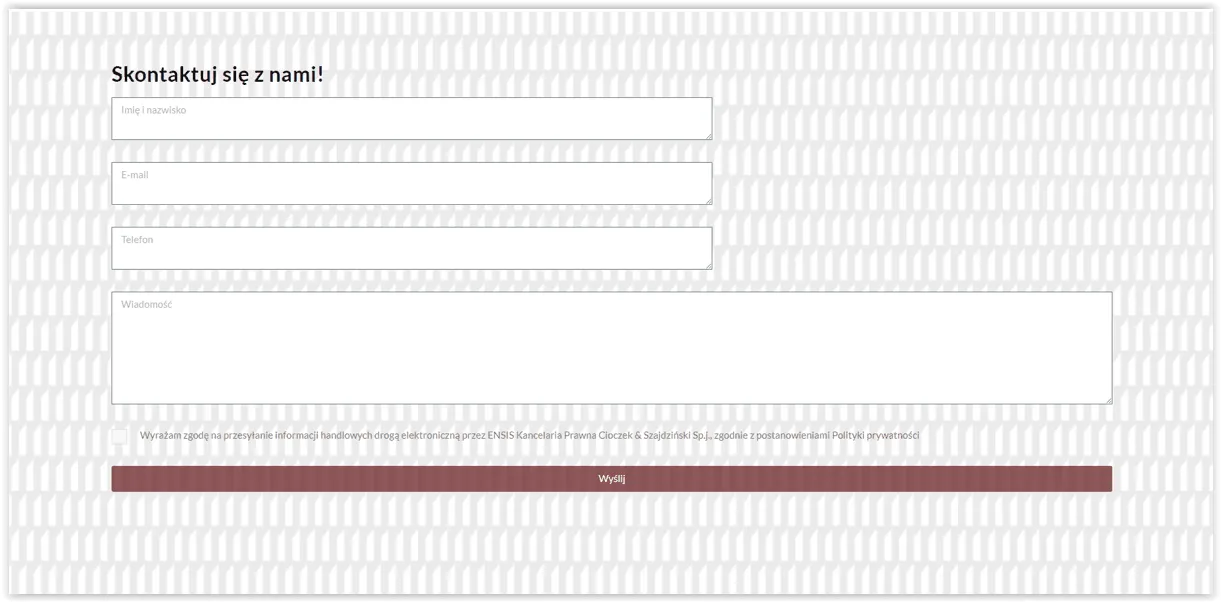
Below is the final version we provided
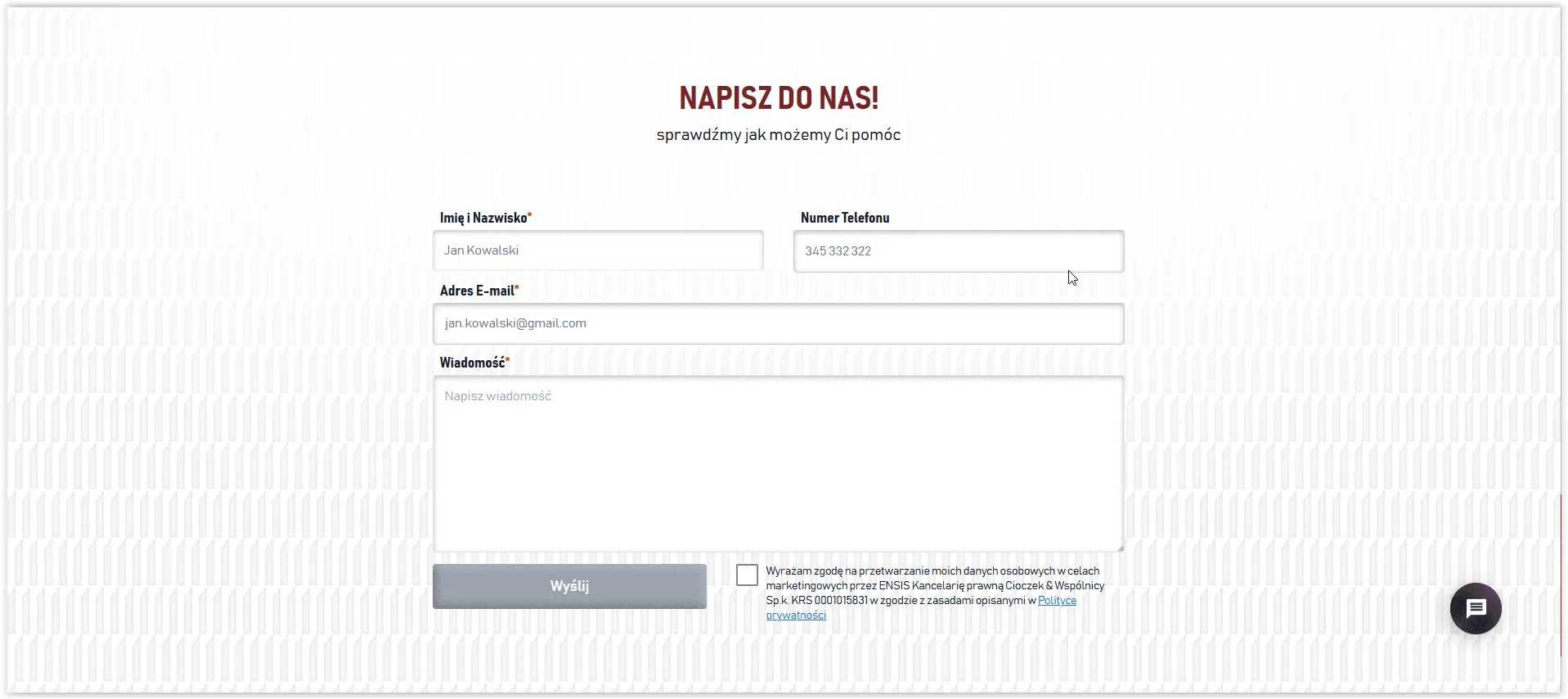
- Cookies required by tracking scripts were loaded even before you agreed to them.
- The page loading speed significantly hindered the use of the site. However, this is a very common situation for sites running on WordPresss technology. According to the official Google PageSpeed Insights test, 4 out of 5 performance-related categories were rated as needing improvement.
- The existing search engine on the site was rudimentary and did not offer advanced features, making it not exactly easy to find interesting content, which was particularly noticeable in the context of the blog.
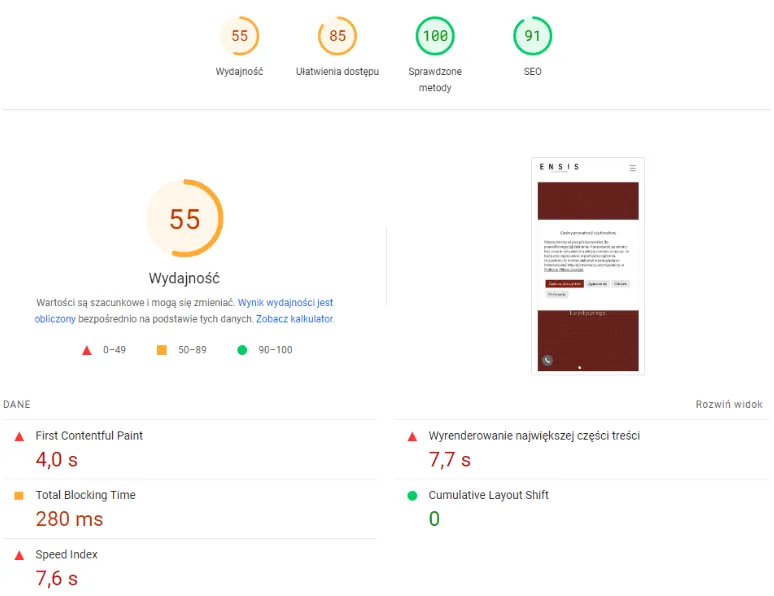
What collaborative process did we use?
Meeting to understand the company
The company, which has been in business for so many years, has well-defined customer groups and the way it operates. Understanding these aspects was necessary to prepare a plan of action and an offer to achieve the results expected by the client. We also got to know the nature of the company and its approach to customers, which enabled us to prepare the graphic design of the website.
Accurate quote and contract
This stage is unlikely to need to be introduced to any business person. However, it is important to note that as a company that creates customized websites, we have to prepare a quote only after the first consultation, because each of our projects is different.
Preliminary design
At this stage, we focused on creating a visual sketch of the site that reflected the nature of the company and the needs of its clients. The visual design was developed in close cooperation with the client to ensure that all key elements were included. The prepared sketch was also helpful at the stage when the client provided the exact content for the site.
Content delivery
During this phase, the client provided us with all the necessary content for inclusion on the site, including text, images and any other media. We provided guidance on the format and quality of the materials to facilitate the integration process on the site. We also offered assistance in editing and optimizing the content for SEO, if needed.
Final version of the project
Once all content was received and implemented, we proceeded to finalize the graphic design. During this phase, we made the final corrections and adjustments, taking into account client feedback. The final design was the result of an iterative process that prioritized functionality, aesthetics and customer satisfaction.
Coding and testing
After accepting the final design, our development team proceeded to code the site. During this time, tests were conducted in parallel, checking the correctness of all elements of the site, including compatibility with different browsers and devices. These tests were aimed at ensuring that the site was technically reliable. During the course of the work, the site was made publicly available under our working domain so that the client could conveniently check the progress of the work at any time. During this phase, we also transferred content from the client's old site.
Acceptance meeting and training
After the testing phase, we held a meeting with the client, during which we presented the finished site. It was an opportunity to discuss all the details and possible corrections. In addition, we held a training session to make sure that there would be no problems with the CMS operation.
Redesigning the project
At this stage, we proceeded with the technical rewiring of the new site to the target server. We took care of all aspects of the migration, including redirects, DNS configuration and ensuring data security.
Quick response to custom tracking scripts
During the installation of the final version of the project, we encountered the need to change the site's analytics integration caused by the use of a custom tracking script. Our team quickly adapted to these requirements, integrating the scripts in a way that didn't disrupt the site and ensured accurate data tracking.
Final steps
We were ready for the final surge two days later. It had already gone through without any surprises. Of course, all this time, the client's previous site was available, in order to interfere as little as possible with the client's contact with customers.
Solutions used
Changing the way cookies are loaded
We have implemented a cookie loading system that complies with current data protection regulations (RODO). Cookies are saved on the user's computer only after the user has given consent, which is an important aspect from the point of view of user privacy and security. This change ensures that the site complies with current standards and increases its credibility in the eyes of visitors.
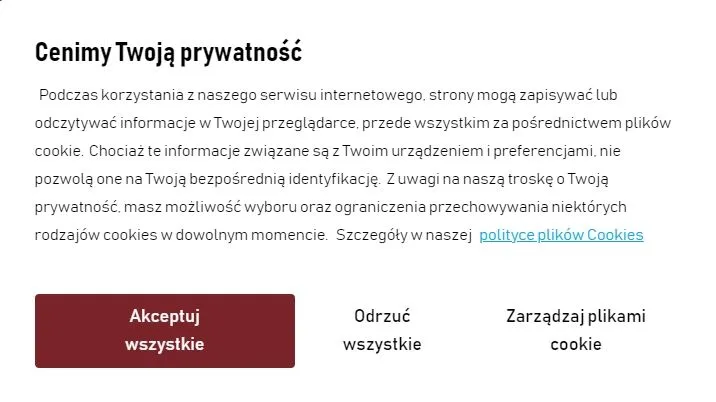
Addition of MeiliSearch providing instant search results
We have introduced the MeiliSearch search engine, which has greatly improved the site's search functionality. Users receive results instantly, making it much easier to find content.
Thanks to intelligent algorithms, the search engine also handles typos, correctly interpreting users' intentions and presenting the correct results. In addition, we have introduced an advanced multi-faceted search engine, allowing users to search more thoroughly by tags, authors or page types.
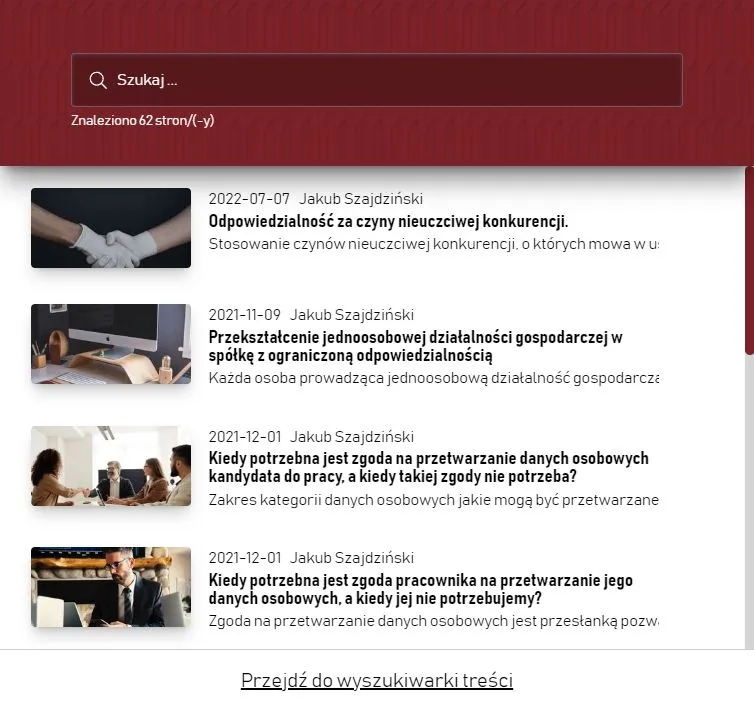
Switching from WordPress to Strapi CMS
We have made a change of content management system from WordPress to Strapi CMS.
The main advantage of this system, is that the user can concentrate 100% solely on managing the content. The formatting and final presentation of this content on the website is done automatically.
This has allowed greater flexibility and easier management of content while streamlining the process of managing the site.Headless CMS provides more opportunities for personalization and integration with various services, as well as better site performance.
The use of this approach allowed us to provide a database of accurately styled components, so that when editing content on the site, the client does not have to worry about ensuring the correct appearance on different devices.
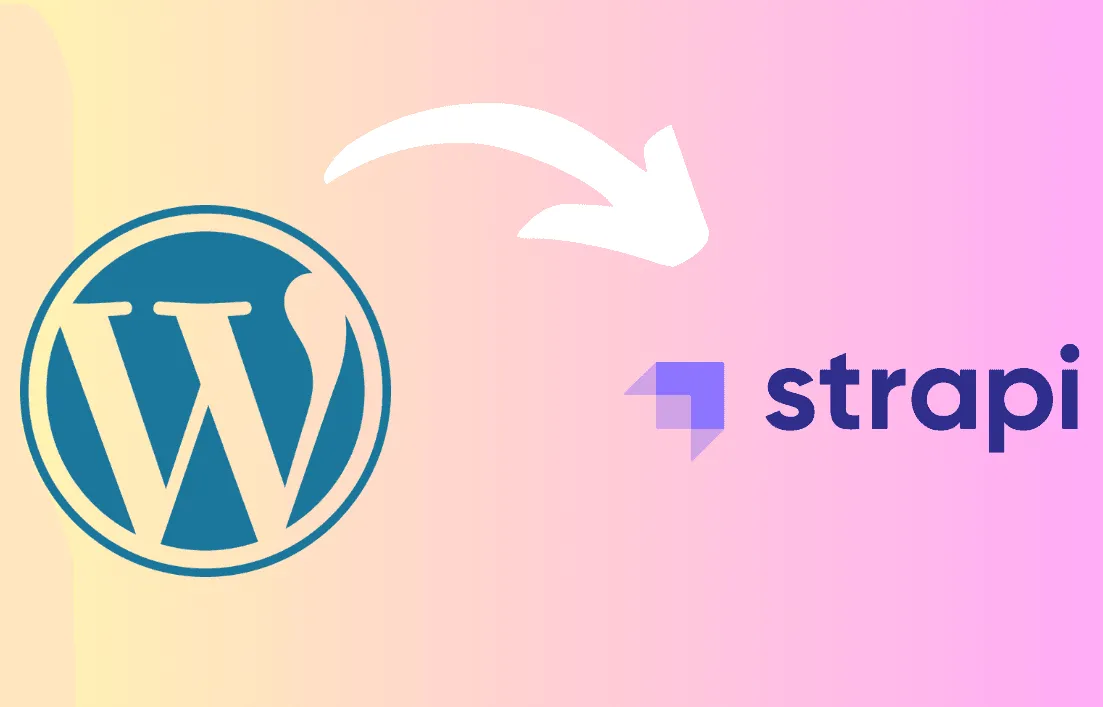
Change in the presentation of opinions
We have modified the way Google reviews are presented. Instead of the traditional display of individual reviews, we opted for a method of presentation that highlights the number of satisfied customers. This allows visitors to the site to immediately see the satisfaction and therefore the level of customer service.

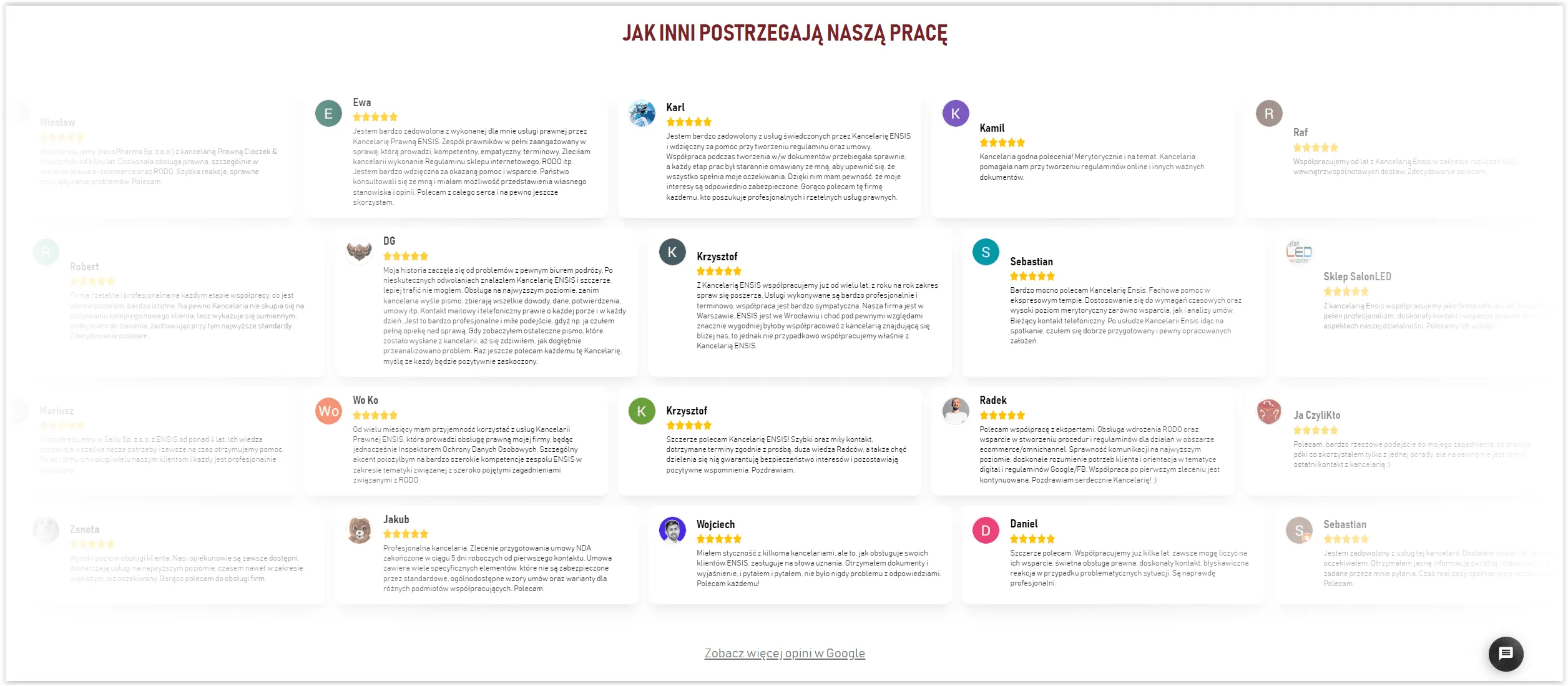
Improve page loading speed
We implemented a new company texture. By doing so, we reduced its size by 43 times, which had an impact on speeding up the loading of the main page. This improvement was made possible by duplicating the base element on the page. We also achieved an improvement in sharpness by doing so, as can be seen in the images below:

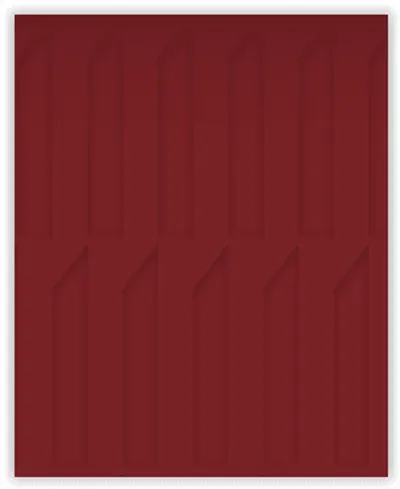
Measured with the Google PageSpeed Insights tool, the site's performance index improved from the previously mentioned 55% to 93%. Such a difference in speed directly affects user satisfaction and better search engine positioning. Page loading time decreased from 7,2 s to 3,8 s.
Comparison of Google test results before and after the implemented improvements:
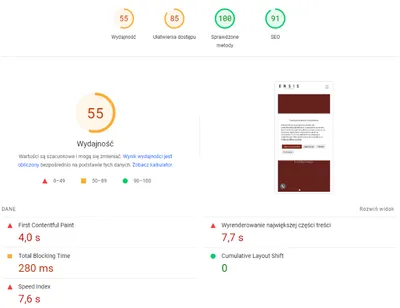
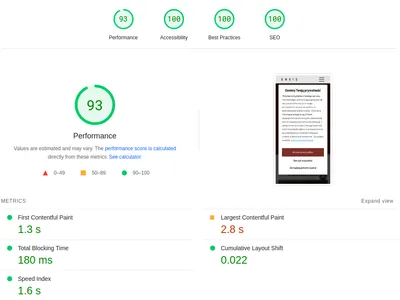

Jakub Szajdziński

" In cooperation with Betterize, comprehensive care and an above-average pace of work were felt from the very beginning. After the first meeting, we knew we were in good hands. Interesting ideas for improvements and accurate observations to improve UX. The team was very responsive, so the response to every email, phone call or suggestion was immediate. To such an extent that it was not us, as the ordering party, who had to settle Betterize's deadlines, but it was Betterize that imposed a very efficient pace of tasks performed. After changing the website, we feel tangible benefits: the website loads quickly compared to its original version, the CMS is intuitive and transparent, and the whole thing translates into much better query conversions. I definitely recommend Betterize as a reliable partner for cooperation. "

Adam Naworski
